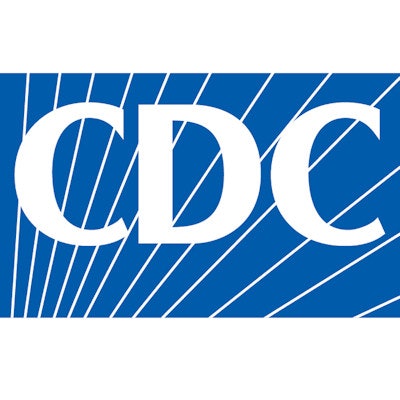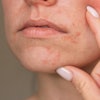
Dental visits among adults decreased between 2019 and 2020, in part due to the COVID-19 pandemic, according to a brief released by the Centers for Disease Control and Prevention's (CDC) National Center for Health Statistics.
The report found that the percentage of adults aged 18 to 64 who had a dental visit in the past 12 months decreased:
- Overall (from 65.5% to 62.7%)
- Among both men (61.5% to 59.6%) and women (69.3% to 65.8%)
- Among all races and ethnicities. Specifically, dental visits declined among Hispanic (from 58.6% to 55.3%), non-Hispanic white (68.3% to 66.6%), non-Hispanic Black (61.1% to 56.8%), non-Hispanic Asian (70.1% to 64.3%), and other non-Hispanic and multiple race (60.1% to 52.8%) adults
- Among all family income levels, including those with a family income less than 100% of the federal poverty level (FPL) (from 49.8% to 45.7%), 100% to less than 200% of the FPL (50.6% to 47.1%), 200% to less than or equal to 400% of the FPL (62.9% to 59.1%), and greater than 400% of the FPL (78.8% to 76%)
- In both urban (from 66.9% to 63.8%) and rural areas (64.7% to 62.3%)
"The percentage of adults with a dental visit in the past 12 months decreased overall as well as by sex, race and ethnicity, and family income," wrote report authors Amy Cha, PhD, and Robin Cohen, PhD.



















